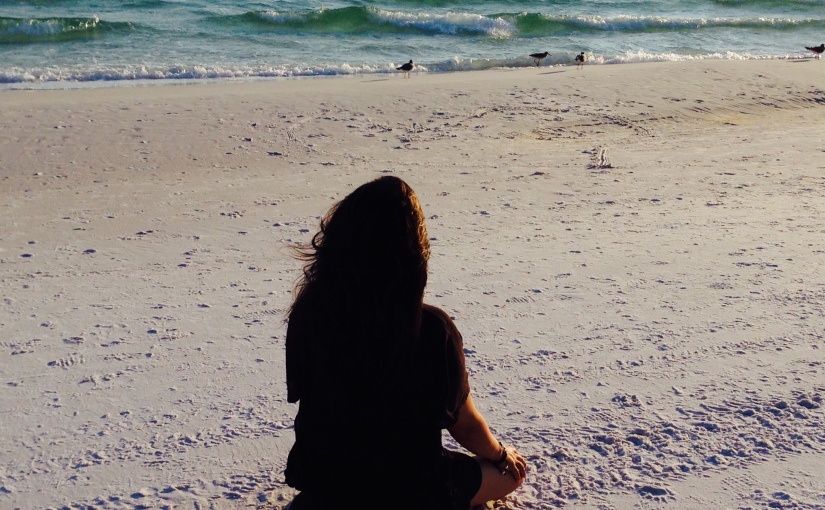Dr. Jill Bolte Taylor, Harvard trained neuroanatomist, with the experience of a left brain stroke at the age of 37, speaks about the two sides of the brain and what that means about who we are. Dr. Taylor’s TED talk and her interview with Oprah are embedded below and most of the following is based off of what i learned from her talks and her book…
she listed that the left brain thinks in language, works with details, and is very liner/sequential. it references past and future, seeks differences/boundaries, analyses critically, and is judgmental about right and wrong. it is competitive, confrontational, has a sense of time, and is on the clock with a sense of urgency. currently our society is very left-brain dominant. we’re in a very fast paced world where we value boundaries and time, people are separate and disconnected, and we like to keep scores and be competitive. the left brain is very useful (of course!) as it helps us be productive and communicate, it helps us assess danger, and it provides contexts.
however as illustrated above by Dr. Taylor, the left brain cares more about being right than it does about being happy. it cares more about being right than about being connected and content. Dr. Taylor emphasizes that we have a choice, that we have emotional accountability and we are ACCOUNTABLE for our own emotions and states of mind.
the right brain on the other hand is non-verbal, and thinks in pictures. it is kinesthetic and present centered. the type of thinking here is holistic, and it seeks similarities and connection. it is compassionate and non-confrontational and content. its time orientation is that of being in the flow.
there is a lot of research and emphasis on being “whole brained” now. instead of polarizing expertise and personalities on one side or the other, can we be more integrated? Dr Taylor said that what has been happening for decades is that kids who are “left-brained” are in professions that are “left brained.” the benefit of specialization is there, but this social strategy creates a divide where art and science are separate and the scope of an individual is limited.
so the right brain is engaged at times when we are immersed or in flow of something, and we are not paying attention to time. when we feel connection and similarities to others, without being very aware of our differences, when we stop counting grievances and allow ourselves to feel at peace, and in the moment.
Dr Taylor discovered this experientially after having a stroke in her left brain. she could not speak, she could not distinguish form and background, but she described feeling like it was what has been described as “nirvana.” the voice that constantly reminded her of her to do lists, and the constant commentary that we experience inside our heads stopped for her. this was an extreme case of right-brained-ness, but how do we integrate more wholeness into everyday lives so that one side of our brain is not amplified on thinking-steroids?
for left-brain folks: meditation, yoga, art, music… are some ways in which we engage and enhance the parts of the brain that don’t work too well for us. when we feel disconnected and detached we can choose to spend more time being right brained. the right brain would rather be happy than right.
i know that my staunchest left brain friends (you know who you are) and clients i work with dislike, no abhor, the proposition of not being “right.” the philosophy here is that it is not a choice between being right or wrong, my implication is that reality is not dualistic. reality is multi-faceted, and we select what we focus on, we choose which aspects of reality we will integrate and which parts we will ignore and leave out. the result often is an incomplete version of reality. so when the focus is on the differences, grievances, boundaries, competition, criticism, cynicism, and urgency, we enhance our ability to see those aspects of reality more because we work out those “muscles” in the brain more.
as far as we know, it is a simple case of amplifying areas used more often and atrophying areas that are not. just like a language that we practice is remembered and one that is not is forgotten. so when we meditate, it is scheduled brain workout, with the goal being to carry over that mindset throughout the day. however if one really enjoys and wants to continue a sense of separation, grievance and criticism, they can also meditate on that more systematically 😉 (it’s kind of what many of us do all day unconsciously anyways!)
© The Paradox of Being. Unauthorized use and/or duplication of written material, ideas, and images without express and written permission from this blog’s author is strictly prohibited. Links to the original content on this blog may be provided.





